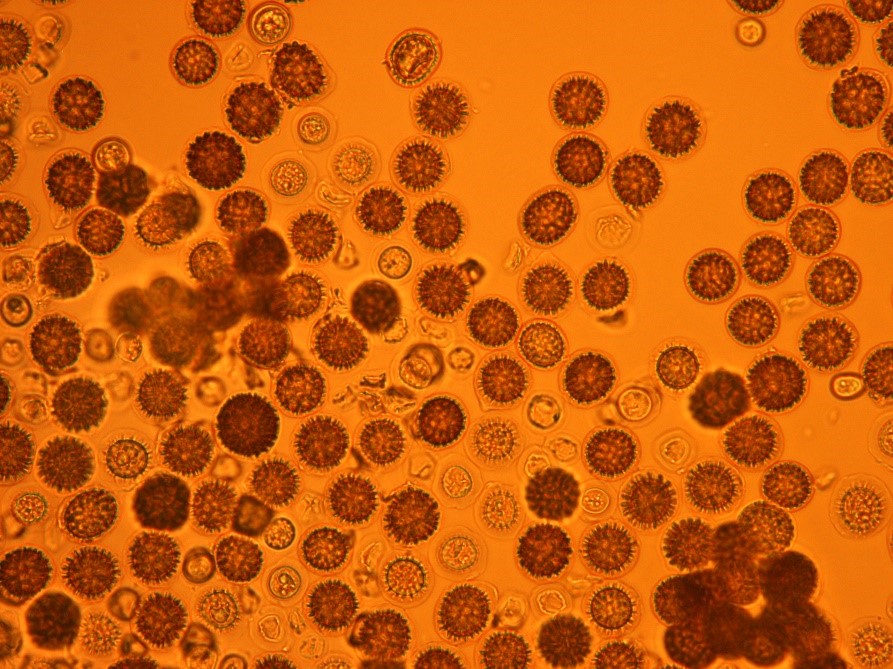Smuts and bunts of small grains
Learn more about dwarf bunt and common bunt, also known as stinking smut, and their management.

Multiple loads of wheat were rejected this year from some fields in the Thumb region of Michigan. It appears as though the rejections were the result of dwarf bunt caused by the fungal pathogen Tilletia controversa. The grain had a fishy off-odor produced by the dwarf bunt pathogen. The fungus infects young plants and grows systemically in the plant, replacing tissue of the young ovary during seed development and filling the grain with teliospores. These spores then contaminate grain and soil, which can initiate disease in subsequent years.
Thankfully, dwarf bunt and common bunt—also known as stinking smut and is caused by Tilletia caries and Tilletia laevis—are relatively rare in Michigan. Dwarf bunt and common bunt are not the same as loose smut, which is caused by Ustilago tritici. It seems when grain graders specify that grain must be free of smut, they are referring to dwarf bunt or common bunt. Those of us working in the field mostly associate smut as being loose smut. These are very different diseases.
Loose smut can cause yield losses but the infected heads generally have little effect on grain quality for food or feed and does not introduce an off-odor. Dwarf bunt and common smut, on the other hand, tend to leave the grain somewhat intact (Photo 1) and therefore is retained with the rest of the grain and carried with the load. Usually, the first clue that dwarf bunt or common bunt is present is that the grain will have a fish-like odor that cannot be practically diluted or removed. In the field, it may be possible to find bunted heads too.
Most seed treatments containing a triazole (DMI) fungicide are very effective against dwarf smut and common bunt, particularly if every kernel is completely covered by the treatment. However, 100% control is unrealistic and it may still be possible for some infections to occur. Grain known to have stinking smut should not be used for seed. Using certified seed will help ensure that the pathogen is not introduced with the seed. The other potential source of infection will come from infested ground, as the common bunt pathogen can reside in the ground for many years.
In addition, infested grain should not be used as cover crop seed as it can potentially increase the inoculum load in the field. Infected grain can be used as livestock feed. Grass weed species can be infected by species of Tilletia that cause smut and bunt issues, so keep wheat fields free from grass weed species.

For more information, refer to:
- Stinking smut (common bunt) of wheat from APS
- Common Bunt (Stinking Smut) in Wheat from the University of Nebraska-Lincoln Institute of Agricultura and Natural Resources
- Common and dwarf bunt (extended information) from CIMMYT
We would like to thank Lori Carris and Erick DeWolf for their expertise and comments.



 Print
Print Email
Email